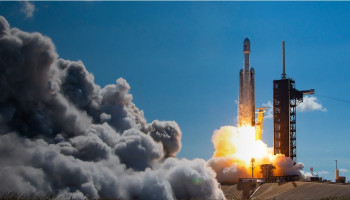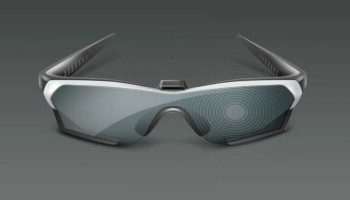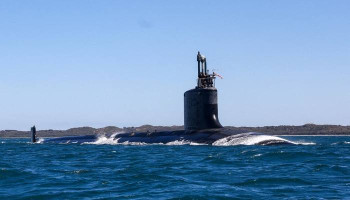
NASA and NOAA have collaborated on the geostationary operational environmental satellites GOES-R series program, which aims to provide an advanced weather forecasting satellite in space that will be capable of monitoring weather events.
Western Hemisphere, the fourth satellite in a series of geostationary operational environmental satellites (GOES), that is designed to provide a continuous coverage of weather events.
The GOES-U satellite was launched from NASA’s Kennedy Space Centre in Florida on a SpaceX Falcon Heavy rocket that will orbit 22,200 miles above the Earth, providing critical data including space weather prediction, weather forecasting, and climate monitoring.
Read more: Smartphones to be replaced by THIS technology, Elon Musk makes BOLD claims
The satellite is fully equipped with advanced instruments, including Compact Coronograph-1, which is an instrument that is going to observe the solar atmosphere and will help in predicting the space weather events.
The GOES-U satellite plays a vital role in enhancing weather forecasting as it enables scientists to track climate changes and provide all the critical information before severe weather and natural disasters strike the Earth.
The data collected by GOES-U will be used to analyse and improve the weather prediction models that will be able to protect people and their property from extreme weather events including the hurricanes, wildfires, blizzards, and other.
The GOES-U satellite will also be monitoring the space weather events that can interfere with the satellite electronics, GPS, and radio communications.
The GOES-U satellite will be joining its predecessors, GOES-16, GOES-17, and GOES-18, in orbit and will be providing comprehensive coverage of the Western Hemisphere. Once in orbit, GOES-U will be renamed GOES-19.
















